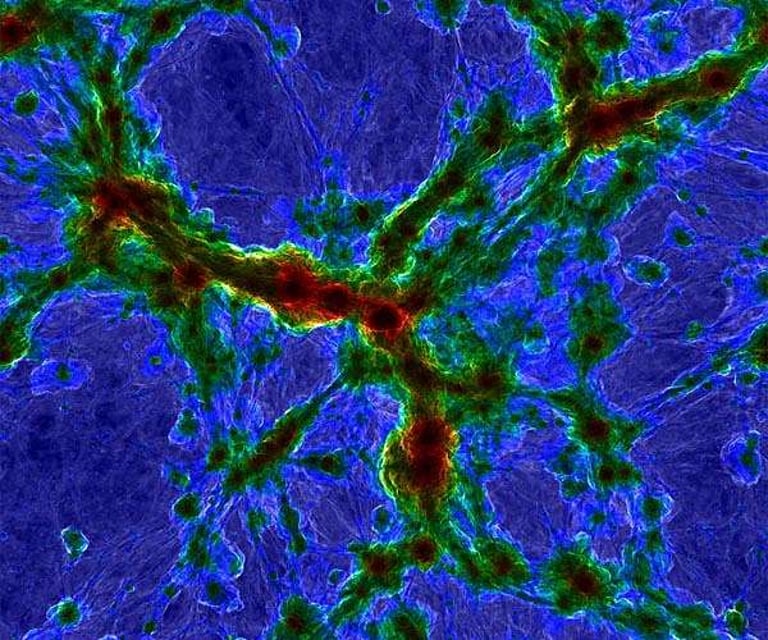New Study Challenges Dark Matter Theory with MOND, Suggests Rapid Early Galaxy Formation
November 12, 2024
New research from Case Western Reserve University, published on November 12, 2024, in *The Astrophysical Journal*, challenges the standard model of galaxy formation in the early universe.
The study suggests an alternative gravitational theory, modified Newtonian dynamics (MOND), which proposes rapid galaxy formation without the need for dark matter.
Led by astrophysicist Stacy McGaugh, the research indicates that early galaxies were large and bright, contradicting expectations of small, dim galaxies predicted by dark matter theories.
Data from the James Webb Space Telescope (JWST) has revealed unexpectedly advanced galaxies existing much earlier than theorized after the Big Bang, prompting a reevaluation of current theoretical frameworks.
While expectations were that JWST would uncover many small galaxy precursors, it instead detected larger and brighter structures at higher redshifts.
These findings align with MOND's predictions made over 25 years ago regarding the early emergence of massive galaxies and clusters of galaxies.
McGaugh emphasized the importance of scientific predictions, stating, 'The bottom line is, 'I told you so,' reinforcing the validation of MOND over dark matter theories.
This research challenges the widely accepted hierarchical evolution of galaxies driven by cold dark matter, which explains the variety of galaxy shapes and sizes.
However, the acceptance of this research within the scientific community is still pending, as previous claims contradicting major physical theories have often been dismissed.
Integrating MOND with General Relativity poses ongoing challenges, as highlighted by the co-authors Federico Lelli, Jay Franck, and James Schombert.
Confirmation of McGaugh's team's hypotheses could have significant implications for the field of physics, potentially revealing deeper truths about the universe's composition.
Some bright sources detected by JWST may be supermassive black holes rather than galaxies, complicating the interpretation of early cosmic structures.
Summary based on 5 sources
Get a daily email with more Science stories
Sources

Phys.org • Nov 12, 2024
New research challenges dark matter theory in galaxy formation
ScienceDaily • Nov 12, 2024
Astronomers' theory of how galaxies formed may be upended
